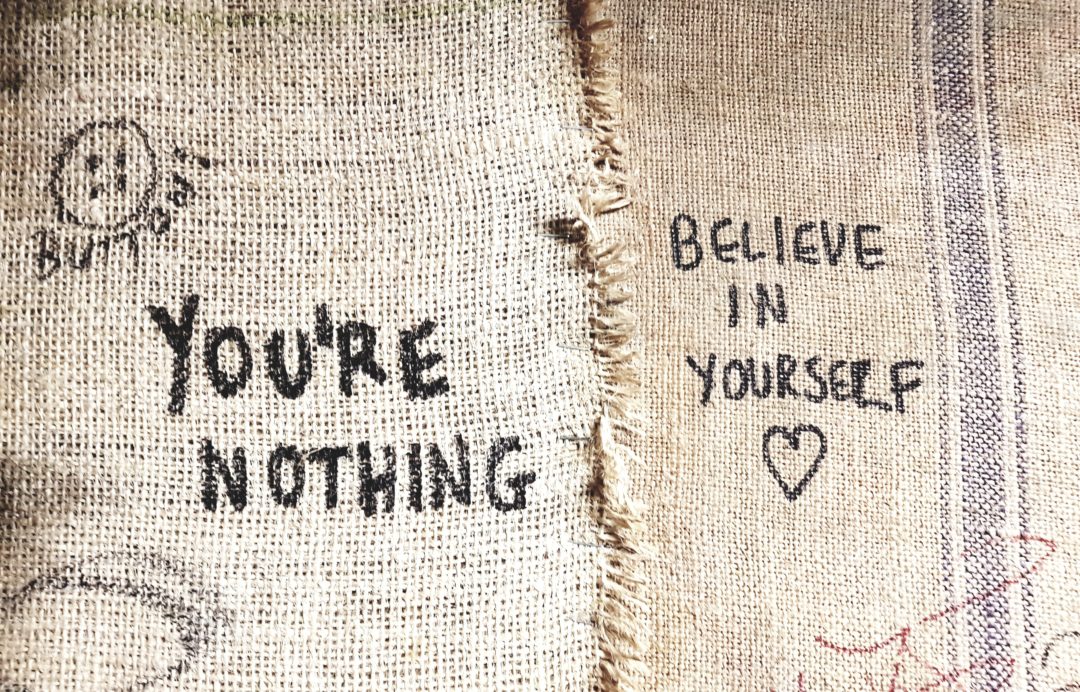How do you smuggle daydreams into reality?
~
Being busy is a badge of honor within our society. People think the more active they are, the more meaningful their lives are. It provides an air of importance and a false sense of accomplishment. And some people pursue mindfulness with the same approach.
The journey inwards entails changing habits, implementing new behaviors, and altering our mindsets, working towards an ethereal finish line of enlightenment.
Growing requires a roadmap. We seek guidance, filling our time with books to read, workshops to take, and activities to participate in.
Yet these endeavors can take us so far. They do not always correlate to fulfillment and reaching a goal. Those activities can serve as a distraction leading us away from delving inwards, where profound growth takes place.
Getting to the place of not doing brings us to mindfulness.
Mindfulness is a way of life just as busyness can be. To be mindful is not something we do for an hour, then go back to our life. It’s 24/7, 365. The more we practice, the deeper it ingrains within us.
Becoming mindful is not about doing nothing, nor is not about specific techniques or exercises. Instead, a path to mindfulness is to do less and accomplish more.
Daydreaming can guide us to do just that.
We all daydream, whether about winning the lottery, meeting that special someone, or miraculously singing like a diva, yet daydreaming is often perceived negatively. However, it need not be so.
Allowing our minds the time to drift is an effective tool to broaden our horizons, as long as we avoid getting trapped in too much daydreaming or using it to avoid doing.
Many studies have researched the dilemma of the overscheduled child and the correlation that holds with adults. The studies found that children with too many structured activities and not enough downtime become over-stressed and less productive.
Filling up our lives with back-to-back activities in fear of boredom further restricts our innovative capabilities. Being bored motivates creativity, giving us pause to daydream our way into new thoughts.
The pleasure of daydreaming has become an extravagance or worse; it is considered a waste of time in the minds of goal-oriented people.
Yet, strategical daydreaming can boost creativity while enhancing our skills in problem-solving, allowing us to focus on the specifics of an issue.
It can also de-stress and de-clutter us by giving the decision-making part of our brain a rest.
Daydreaming is the antithesis of busyness. Studies have connected that those who daydreams tend to be more patient and more able to center their thoughts. It is suggested that daydreaming allows us to escape the pressures of real life yet teaches us we can wait longer to reimburse our efforts. It’s a valuable part of life; letting our minds wander prepares us to reach our goals.
Realigning life by slowing down can boost our health at the same time as relax our minds. For example, petting an animal, smelling the roses, or watching leaves sway in the wind can lower our blood pressure while taking a mini-vacation from reality, painting pleasant wishful creations in our imaginations.
While daydreaming like anything decadent can have a downside if indulged in too much, the benefits of consciously allowing our minds to wander are many. Removing structured thought for some time restores freedom and a relaxed state in our brains. Thus allowing us to resume our journey towards mindful living and productivity.
If you don’t find me whirling around with my many projects juggling in the air, you will find me lying on the ground watching the clouds or enjoying the squirrels playing in the trees. Without guilt in the world as I gear up for the next creative exploration. Dream on, dream away.
“A daydream is a meal at which images are eaten. Some of us are gourmets, some gourmands, and a good many take their images precooked out of a can and swallow them down whole, absent-mindedly and with little relish.”
―





